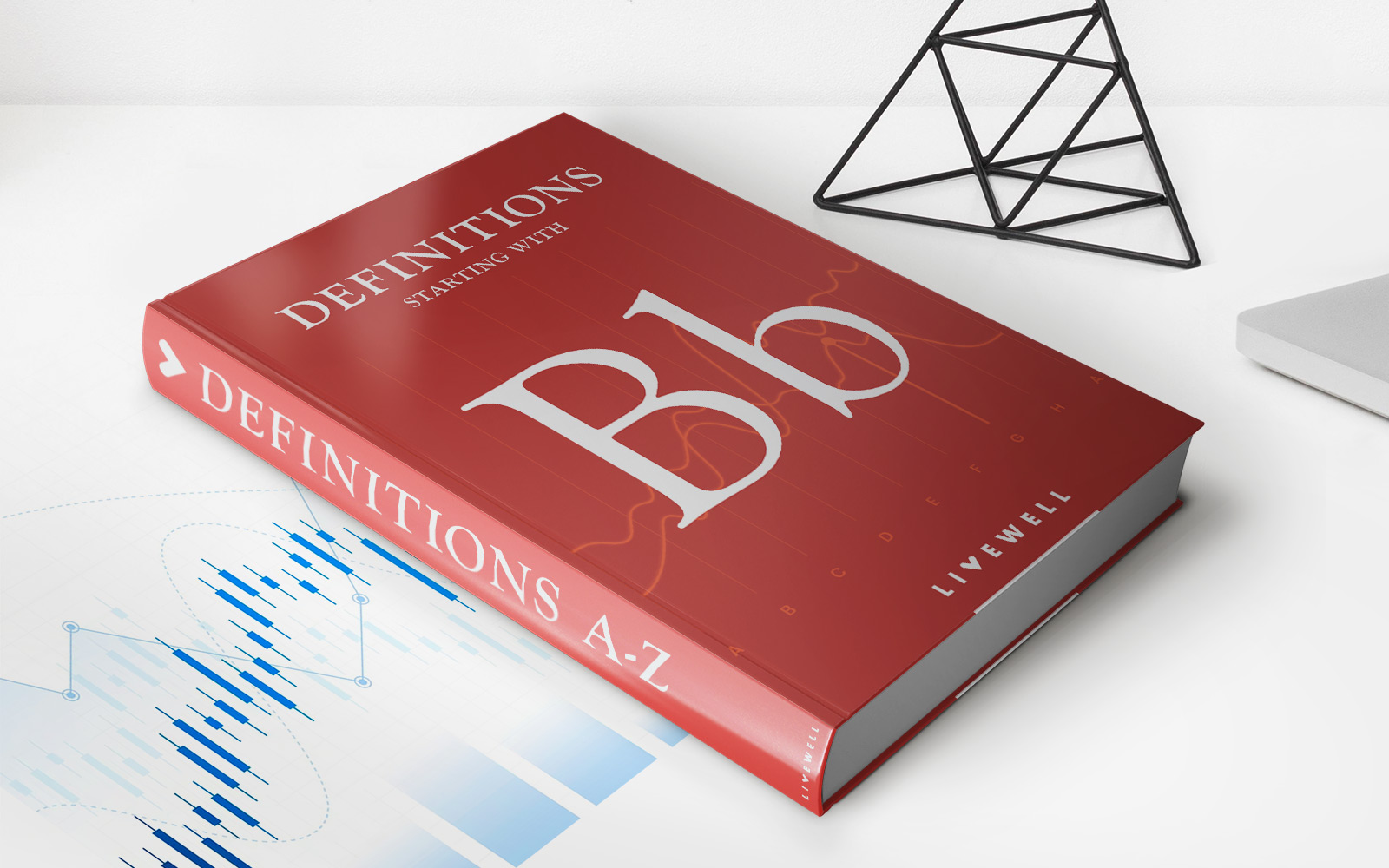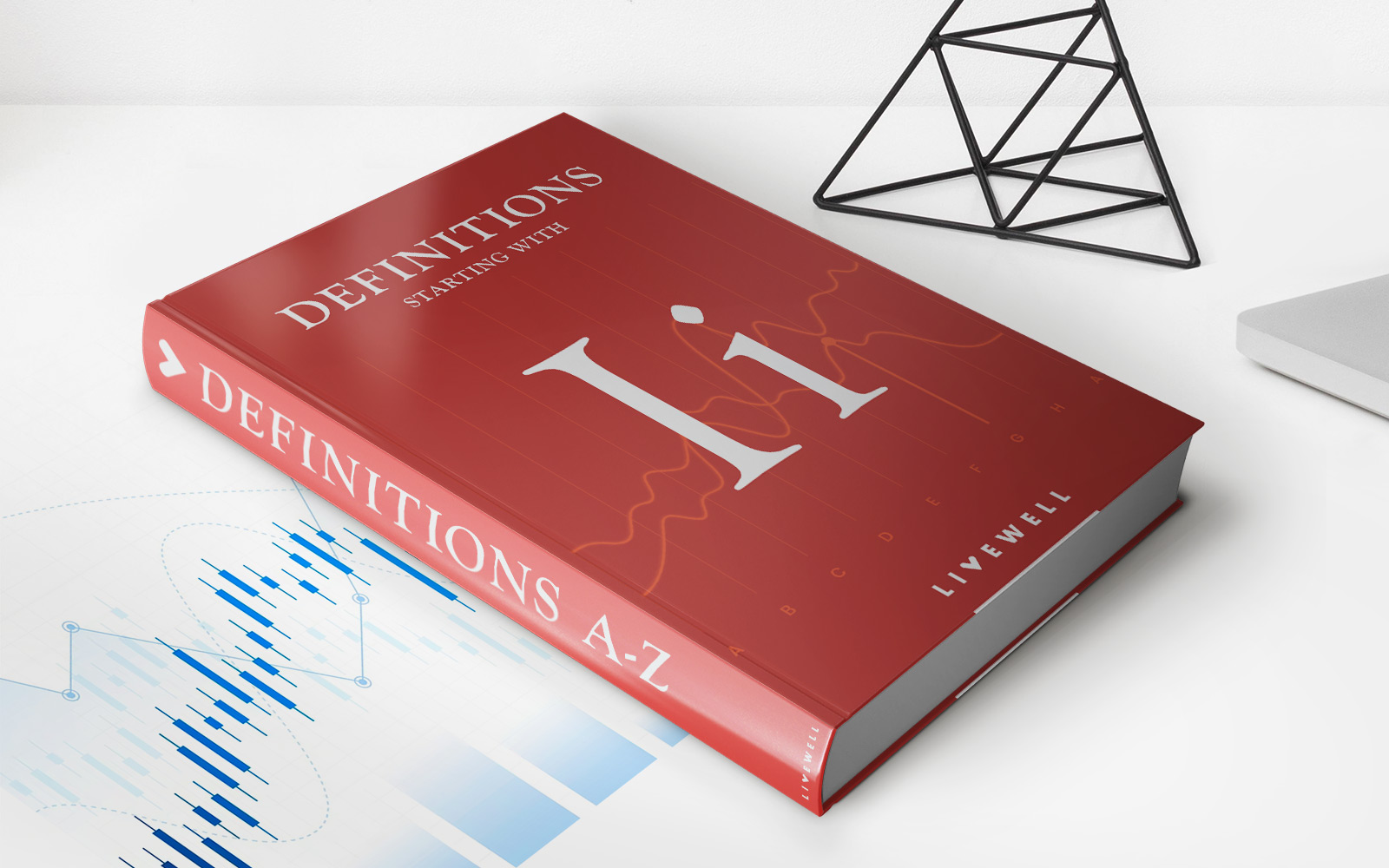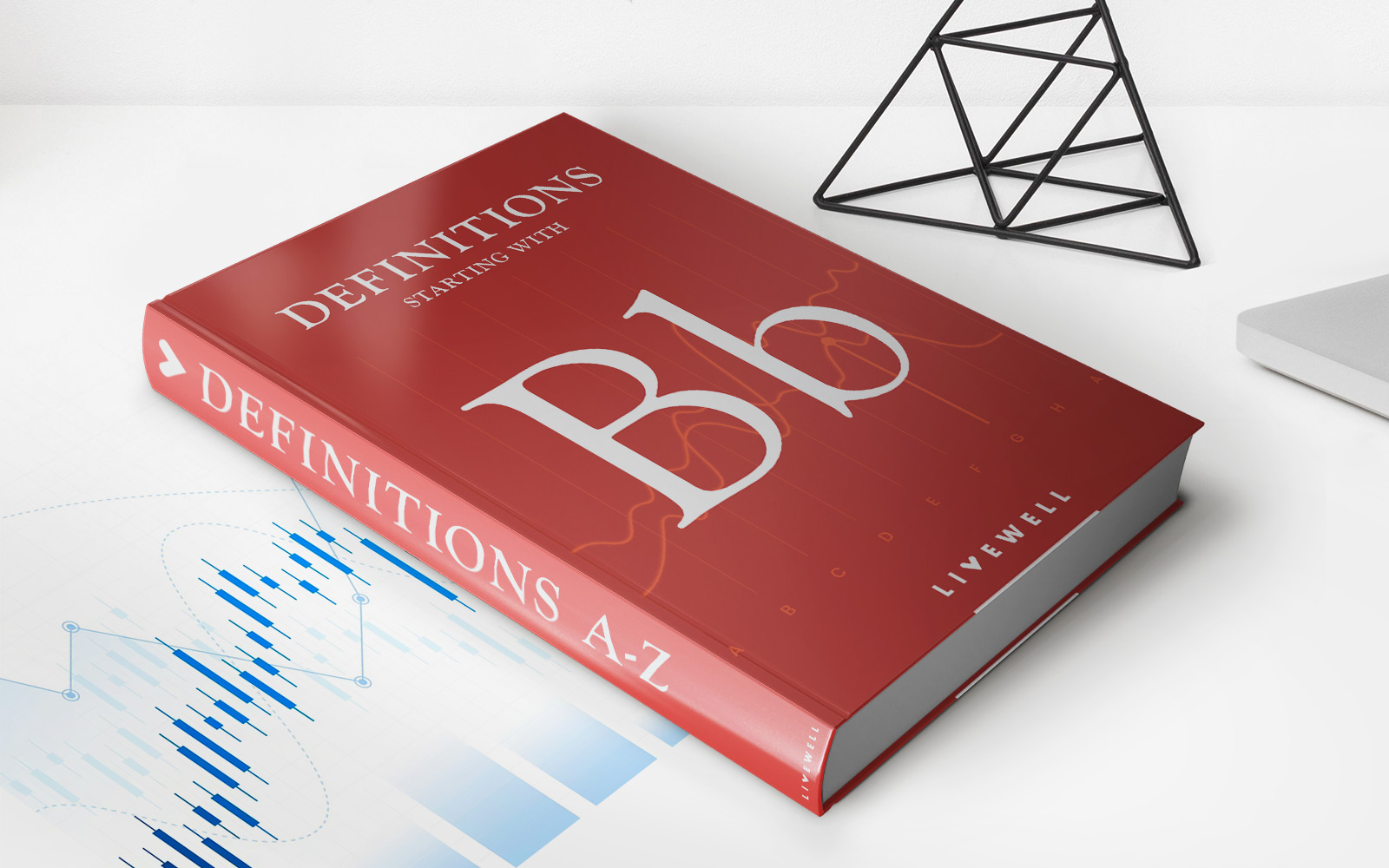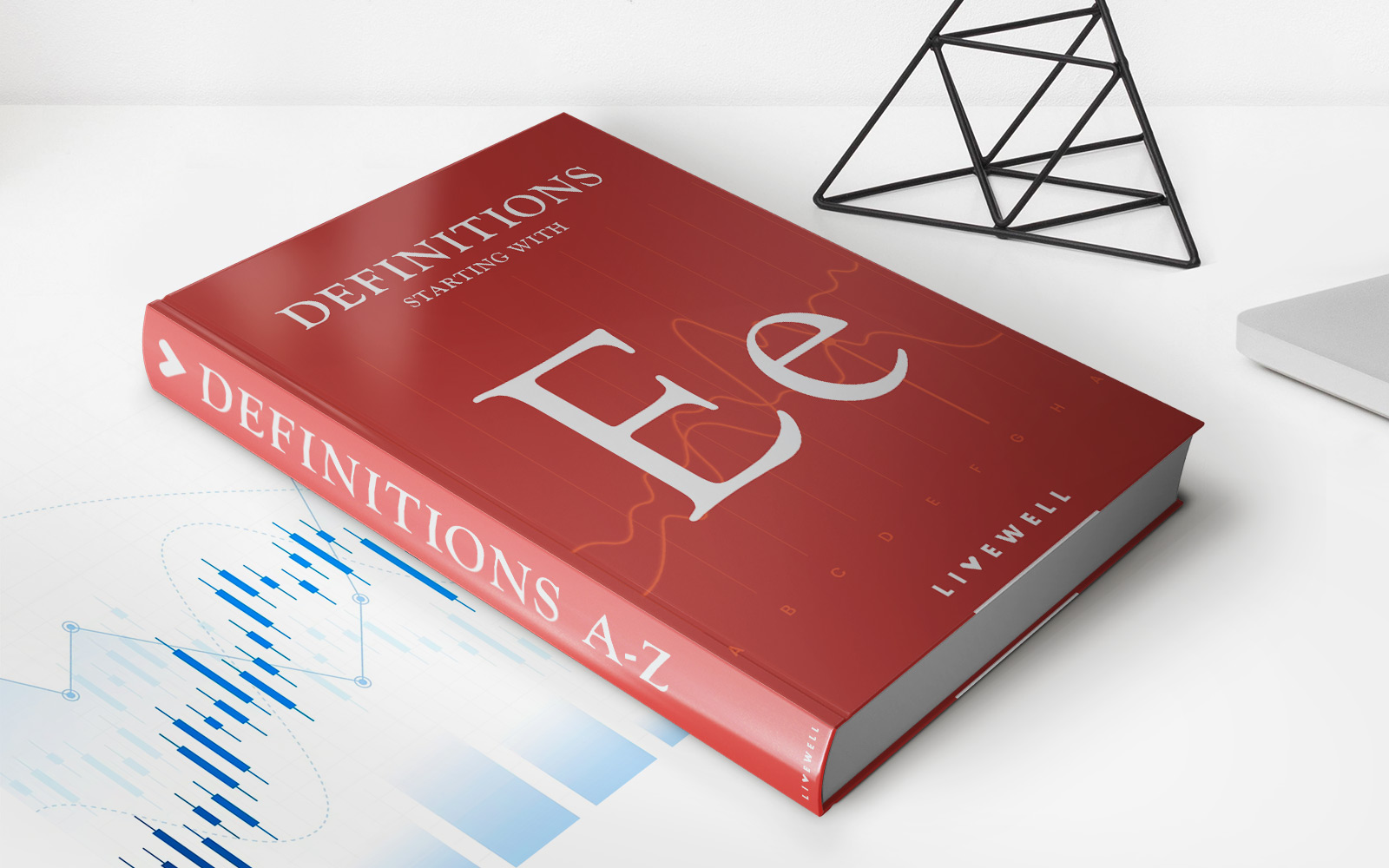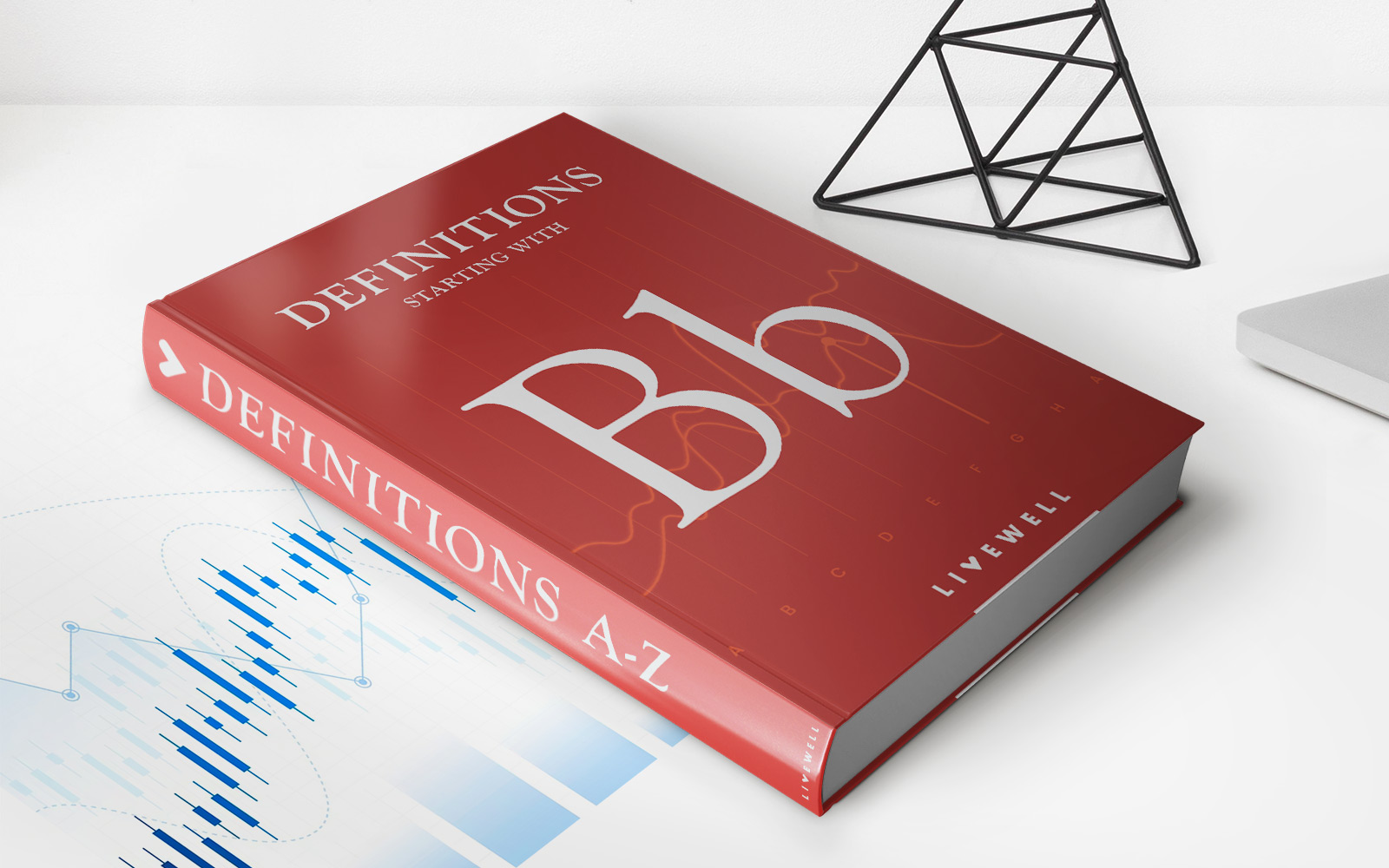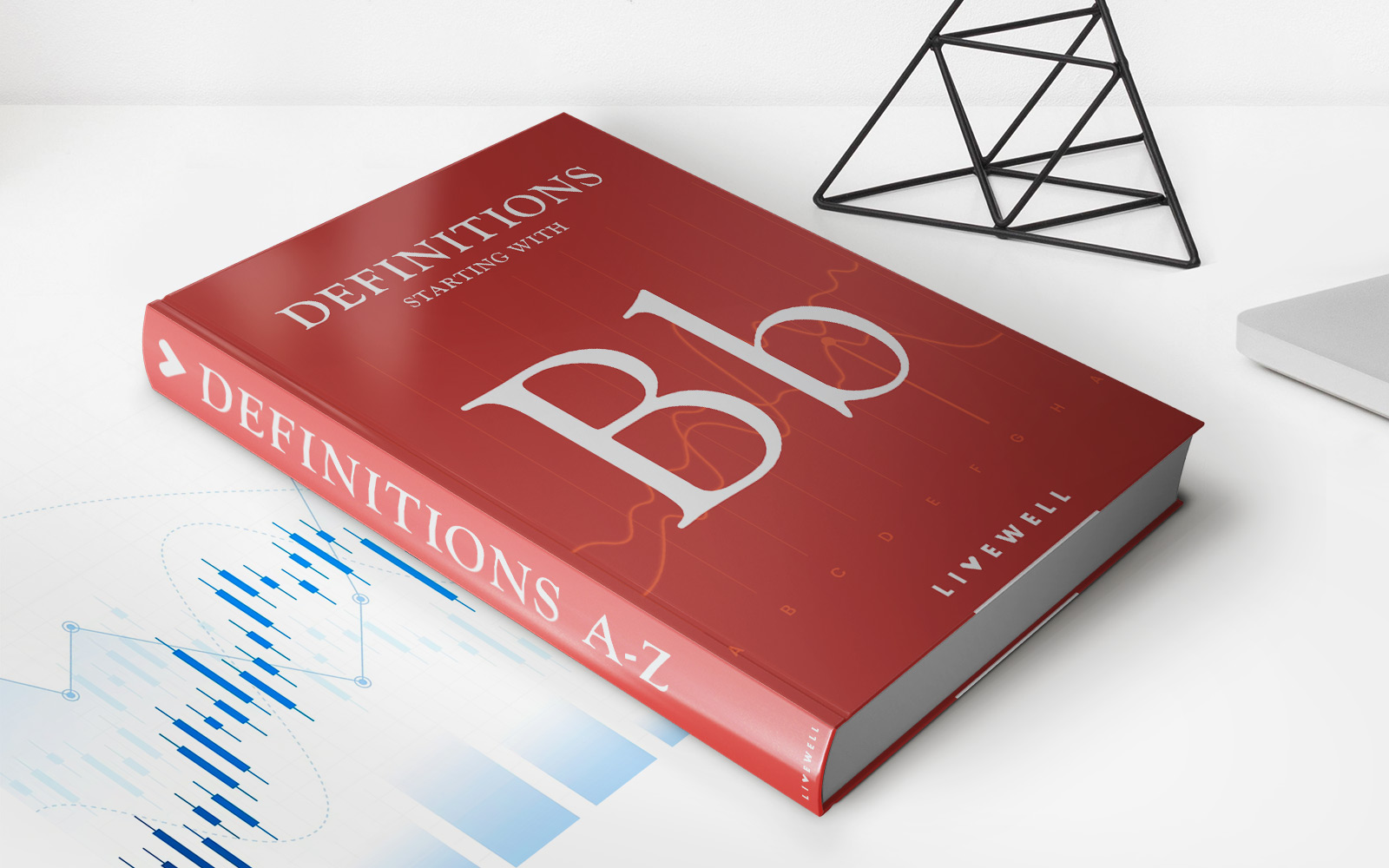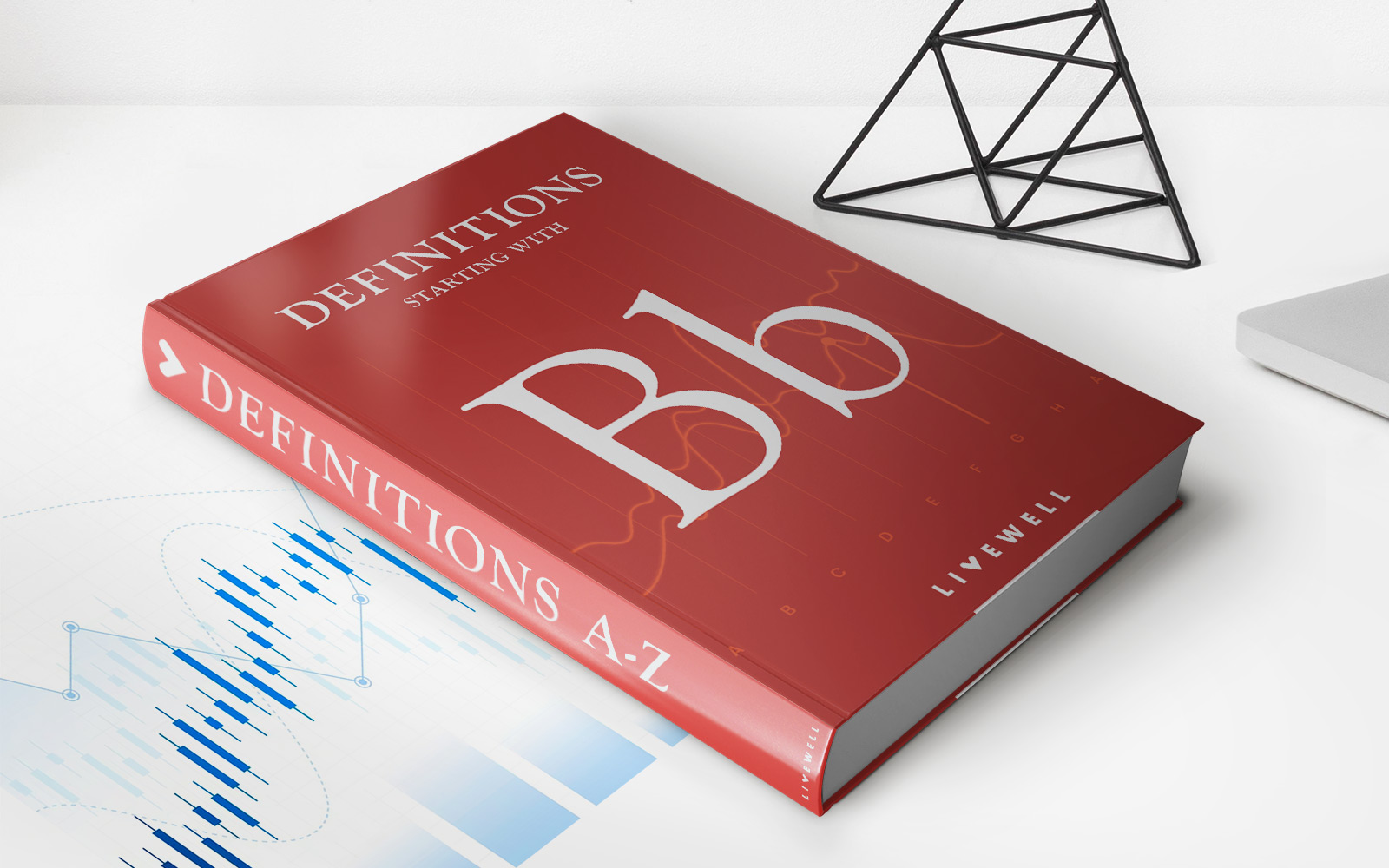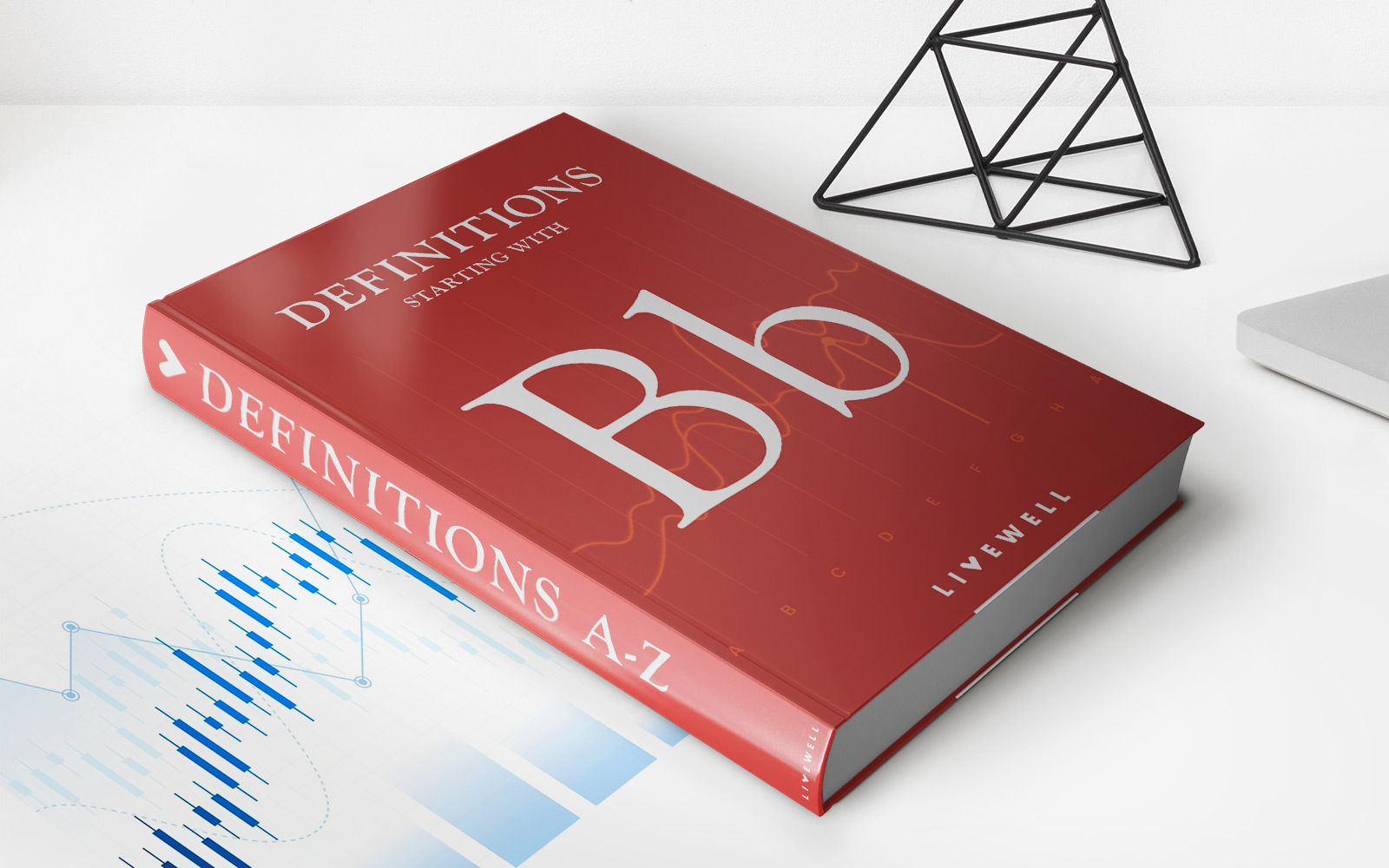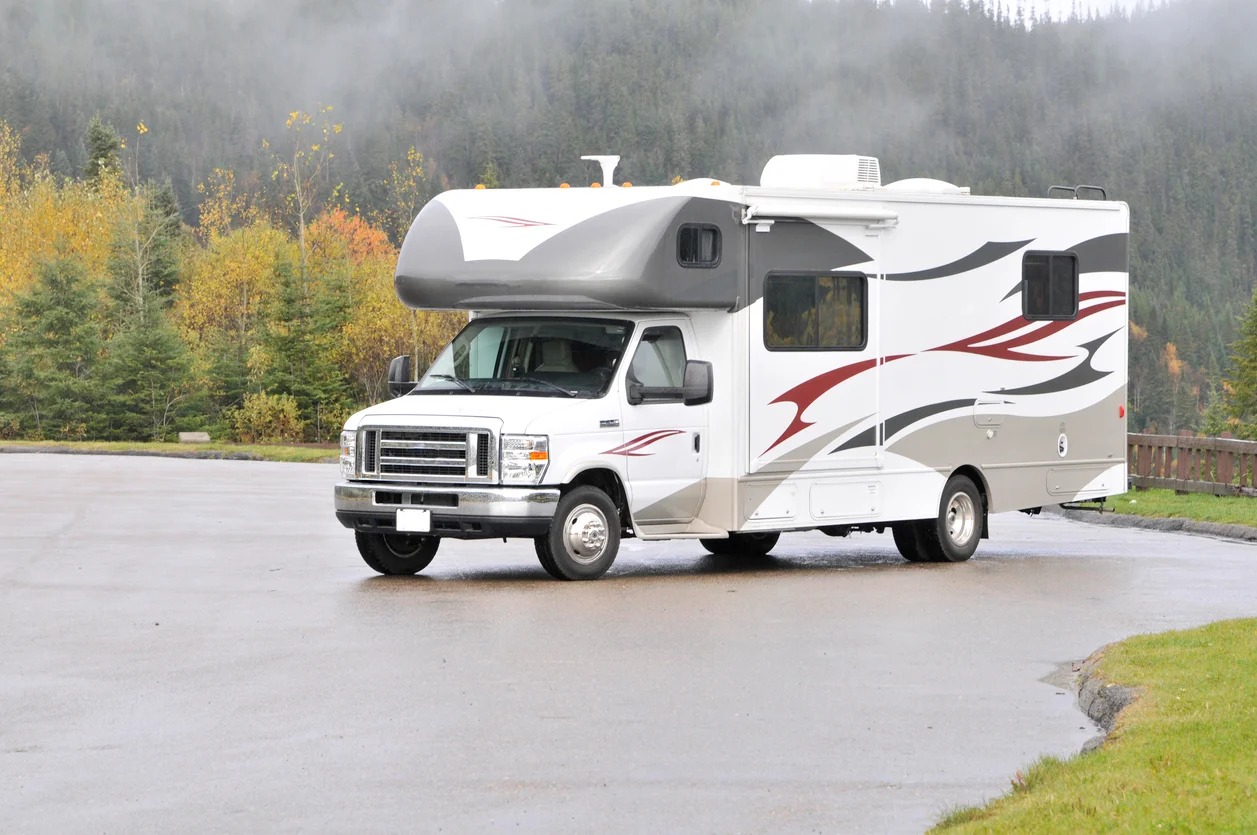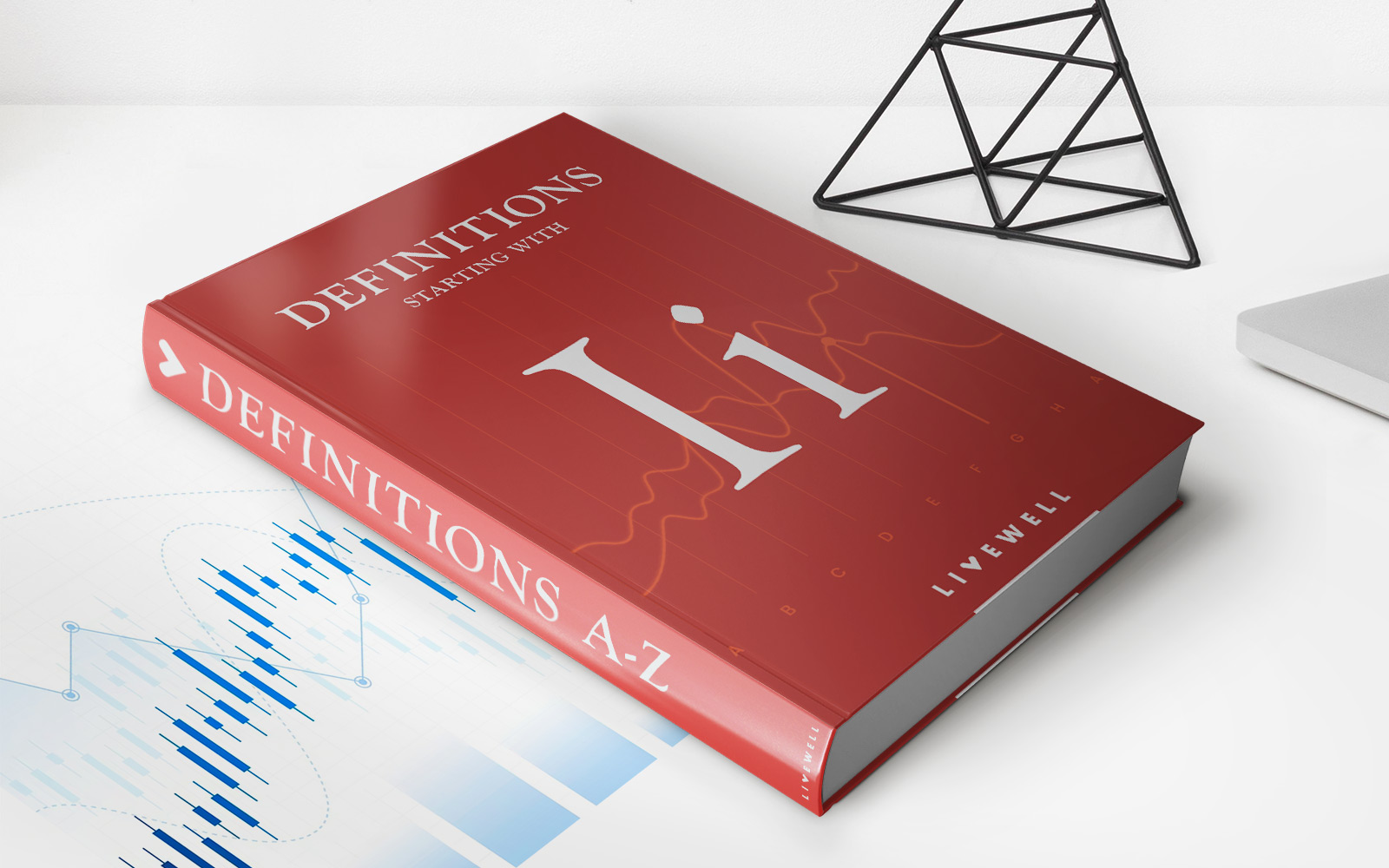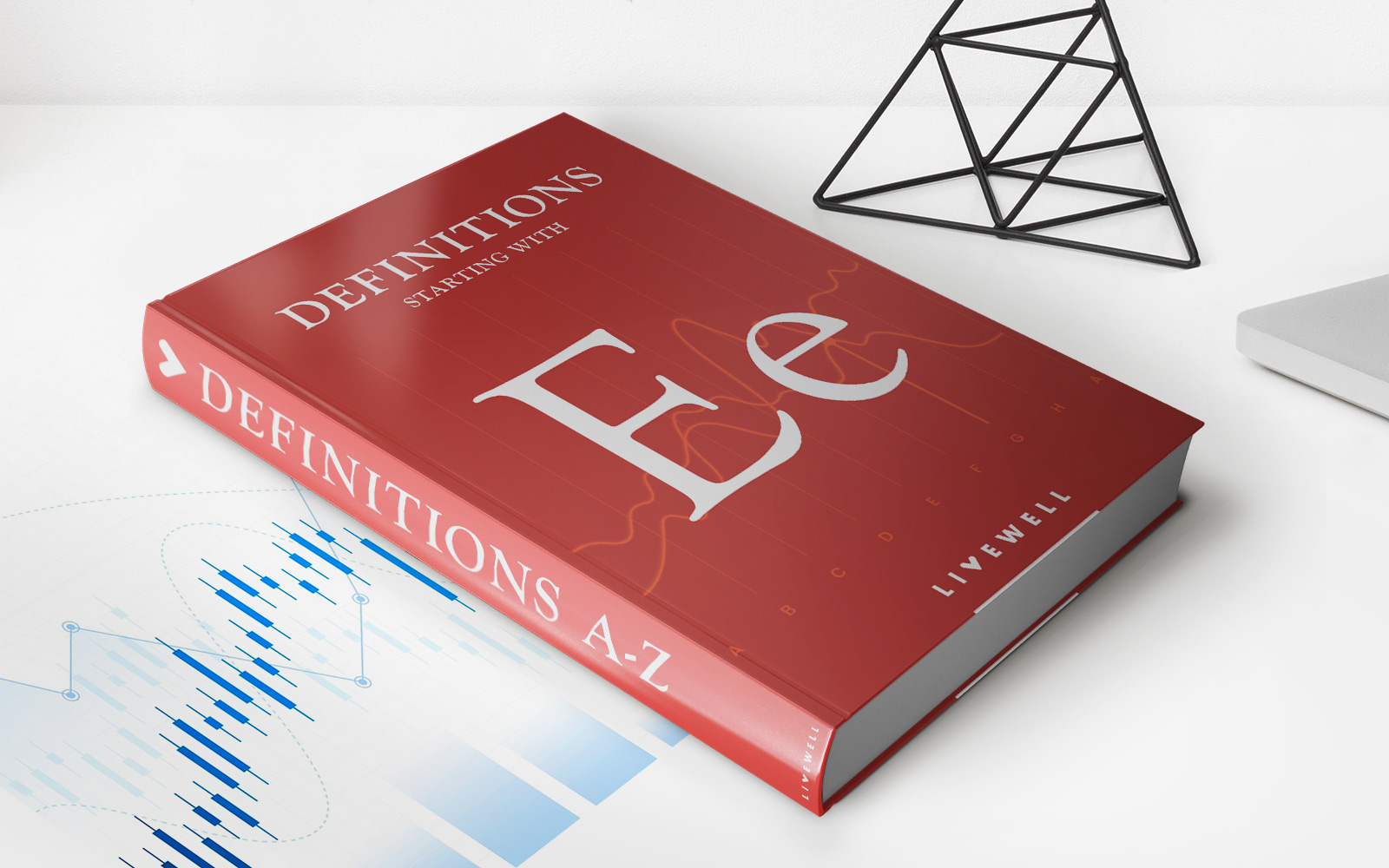Home>Finance>Block Reward: Definition, How They Provide Incentive, And Future
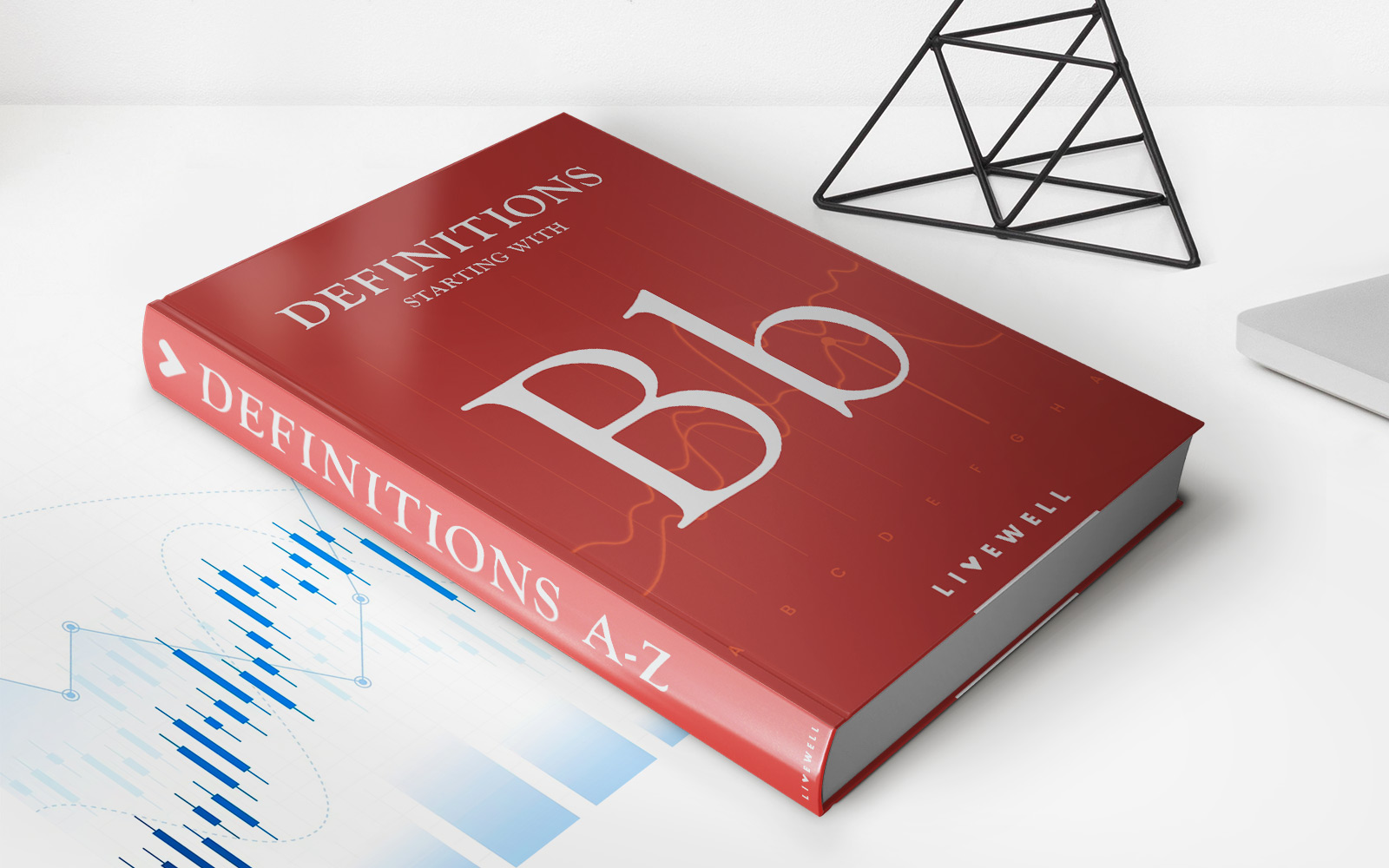

Finance
Block Reward: Definition, How They Provide Incentive, And Future
Published: October 17, 2023
Discover the definition of block rewards in finance and how they provide incentives. Explore the future implications of this important concept.
(Many of the links in this article redirect to a specific reviewed product. Your purchase of these products through affiliate links helps to generate commission for LiveWell, at no extra cost. Learn more)
Block Reward: Definition, How They Provide Incentive, and Future
Welcome to another exciting installment of our “Finance” category! In this blog post, we are diving deep into the world of block rewards. Whether you are a crypto enthusiast or just curious about how digital currencies work, understanding block rewards is crucial. So, let’s get started and explore what block rewards are, how they provide incentive, and what the future holds for them.
Key Takeaways:
- Block rewards are incentives given to miners for validating transactions and securing the network in a blockchain system.
- Block rewards play a vital role in motivating miners and ensuring the integrity and security of the blockchain network.
What are Block Rewards?
In the world of cryptocurrencies, a blockchain is a distributed ledger that records all the transactions made on the network. These transactions need to be verified and added to blocks in the blockchain. Miners are responsible for this task, and to incentivize their efforts, block rewards are introduced.
Block rewards refer to the newly-created digital currency units given to miners who successfully validate a block of transactions and add it to the blockchain. These rewards serve two main purposes:
- Incentivizing miners: By rewarding miners with newly minted coins or tokens, block rewards encourage them to invest their time, computational power, and resources in securing and maintaining the network.
- Maintaining network security: Miners are not only responsible for validating transactions but also ensuring the overall security of the blockchain network. By providing block rewards, the network encourages more miners to participate, making it harder for malicious actors to take control.
The Role of Block Rewards in Incentivizing Miners
Block rewards act as a powerful motivator for miners to contribute and maintain the blockchain network. Without them, miners would have little reason to dedicate their resources and efforts. Here’s how block rewards provide the necessary incentive:
- Generating income for miners: Block rewards create a source of income for miners, allowing them to cover the costs of their mining operations, such as electricity and equipment expenses. This income provides stability and financial motivation for miners to continue their work.
- Rewards for solving complex mathematical puzzles: Mining in many blockchain networks involves solving complex mathematical problems in order to validate transactions. Block rewards act as a financial incentive for miners to invest their computational power and solve these puzzles, as the first miner to solve it successfully receives the reward.
- Beyond block rewards: In addition to the fixed block rewards, some blockchain networks also offer transaction fees to miners. These fees are paid by users who want their transactions to be prioritized and processed quickly. Miners have an extra incentive to include transactions with higher fees, increasing their overall earnings.
The Future of Block Rewards
The concept of block rewards has been a fundamental aspect of many blockchain networks, including Bitcoin. However, as these networks evolve, the future of block rewards might see some significant changes. Here are a few possibilities:
- Halving Block Rewards: Some blockchain networks, like Bitcoin, have a predetermined schedule to reduce block rewards over time. This process, known as “halving,” reduces the number of new coins minted and introduces scarcity. It serves to control inflation and adjust the economic incentives for miners.
- Transition to Transaction Fees: As the number of newly minted coins decreases, blockchain networks might rely more on transaction fees as the main incentive for miners. This transition requires a balance between encouraging transaction activity and ensuring fair compensation for miners.
- Alternative Reward Mechanisms: Blockchain networks may experiment with different ways to incentivize miners, such as introducing staking mechanisms or other forms of token rewards. These alternative mechanisms aim to align the interests of network participants while maintaining security and decentralization.
As the crypto landscape evolves, the future of block rewards holds exciting possibilities. While the specifics may differ from one blockchain network to another, the underlying principle of incentivizing miners remains essential for the growth and security of these decentralized networks.
We hope this blog post has shed some light on the fascinating world of block rewards. Understanding how they work and their role in incentivizing miners can help you grasp the fundamentals of blockchain technology.
Stay tuned for more informative and inspiring content from our “Finance” category. Let us know your thoughts and questions in the comments below!
